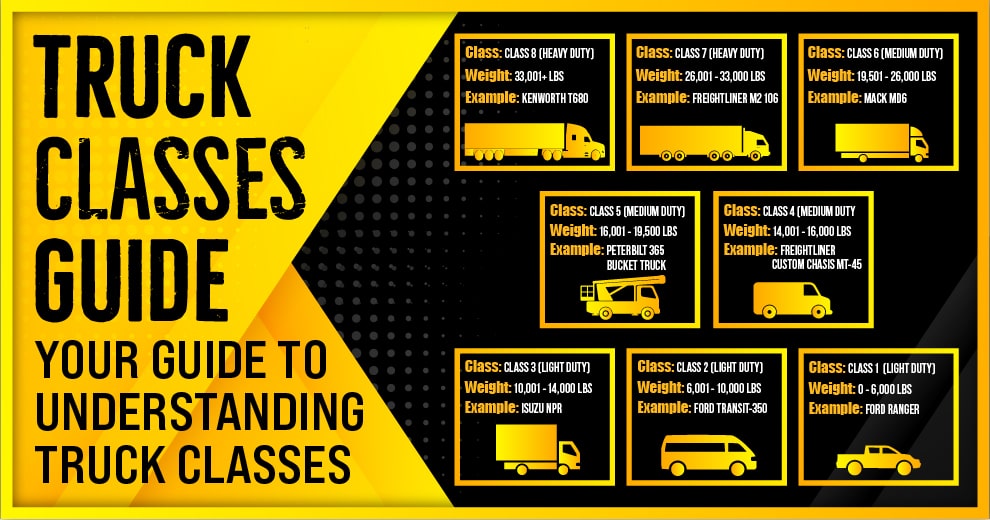There’s a lot riding on different levels of truck classification: required permits… maintenance needs… even how long a truck can operate.
And yet, truck classification – how it’s determined and why it matters – is something many people don’t know much about.
We’re here to fix that.
There are eight (8) truck classes based on the maximum weight load.
Truck Classification Explained
In the United States, truck classification is based on the vehicle’s Gross Vehicle Weight Rating (GVWR). GVWR is calculated as the truck’s maximum weight PLUS the weight it’s capable of carrying, fully loaded. The truck’s maximum weight includes cargo, passengers, fuel, and the trailer tongue. Gross Trailer Weight Rating (GTWR) is another classification that regulates the safety and how a vehicle is designated when it’s registered. The GTWR can vary depending on the jurisdiction in which the vehicle is registered.
The Federal Highway Administration (FHWA) classified trucks more broadly – grouping Class 1 and Class 2 as light duty, Class 3 – Class 6 as medium duty, and Class 7 and Class 8 as heavy duty. The Environmental Protection Agency (EPA) also has its own system of emissions classifications.
Generally speaking, Class 1 through Class 3 (Light Duty) applies to non-commercial vehicles like cargo vans, SUVs, pickup trucks, minivans, etc. Class 4 through Class 6 is where you’ll find most commercial trucks. Classes 4 and 5 include some non-commercial full-size trucks, but the majority of medium-class vehicles are manufactured and operated for commercial purposes. Big rigs and other commercial vehicles fall under Class 7 and Class 8, the heavy-duty category. Class 8 specifically applies to huge trucks with GVWRs over 33,001 pounds. Known as “severe duty,” Class 8 covers cement trucks and dump trucks as well as well-known big rigs like Kenworth, Freightliner, and Peterbilt.
As mentioned, a vehicle’s classification rating has far-reaching effects. License levels, Department of Transportation number regulations, maintenance needs, and Hours-of-Service (HOS) laws are more directly impacted by a vehicle’s GVWR.
Let’s look at the impact of GVWR in greater detail…
License Levels
A CDL is required to operate anything over 26,000 pounds. Still, licensing regulations are divided into Class A (26,001 + pounds towing over 10,000 pounds), Class B (26,001+ pounds towing up to 10,000 pounds), and Class C (passenger transport or hazardous materials).
You must take a knowledge, skills, and vision test when applying for an original CDL or upgrading to a different license class.
Depending on your state, CDLs typically last 5 to 8 years before you are required to renew your license.
Maintenance
A mobile technician or repair shop needs the right information about a vehicle to prepare for a job properly. Class 7 requires different tools and a different amount of space set aside than Class 6, for example.
Diesel Repair is your one-stop shop to perform quality maintenance repairs on all classes of trucks. Get access to repair information such as equipment fault codes, step-by-step symptom-based troubleshooting instructions, technical repair documents, testing procedure step guides, truck fault codes, truck labor time guides, VIN decoder, wiring diagrams, parts cross lookups, and much more.
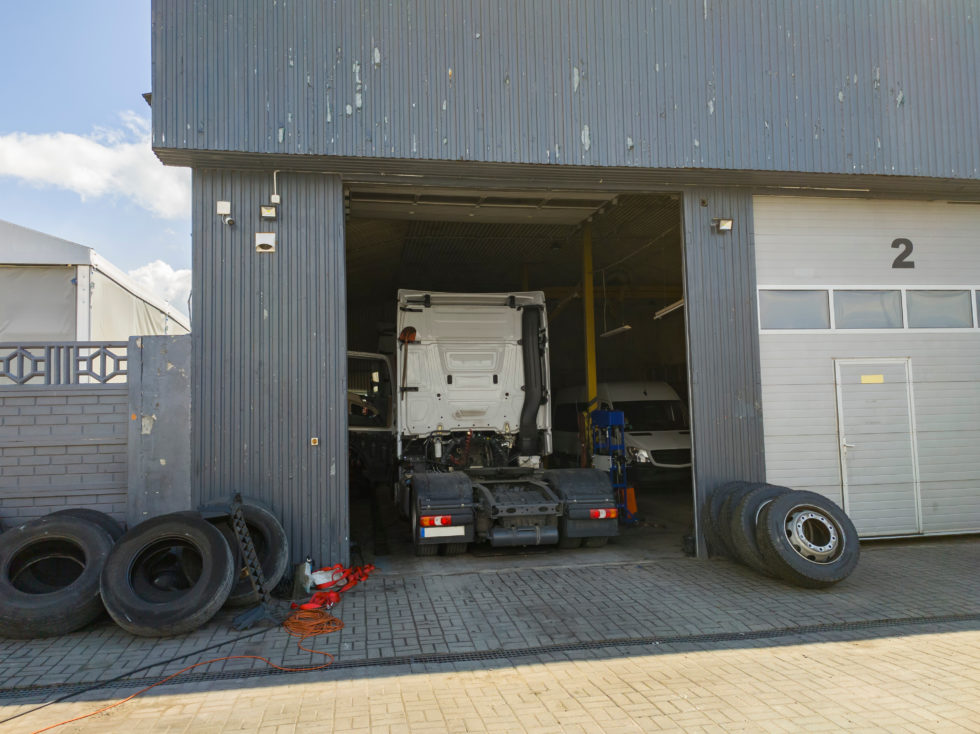
Stop wasting time and money acquiring your repair information from different sources and paywalls, Diesel Repair has everything you need right in one place! Get trucks back to running smoothly on the road faster than ever with our Diesel Repair platform.
Hours-of-Service (HOS) Laws
Class 3 – Class 8 vehicles are subject to FMCSA’s Interstate Truck Driver’s Hours of Service. This refers to the maximum amount of time drivers are permitted to be on duty on the road. This includes logging in driving time, the number of rest breaks and the length of rest breaks to ensure that drivers stay awake and alert while operating the vehicle.
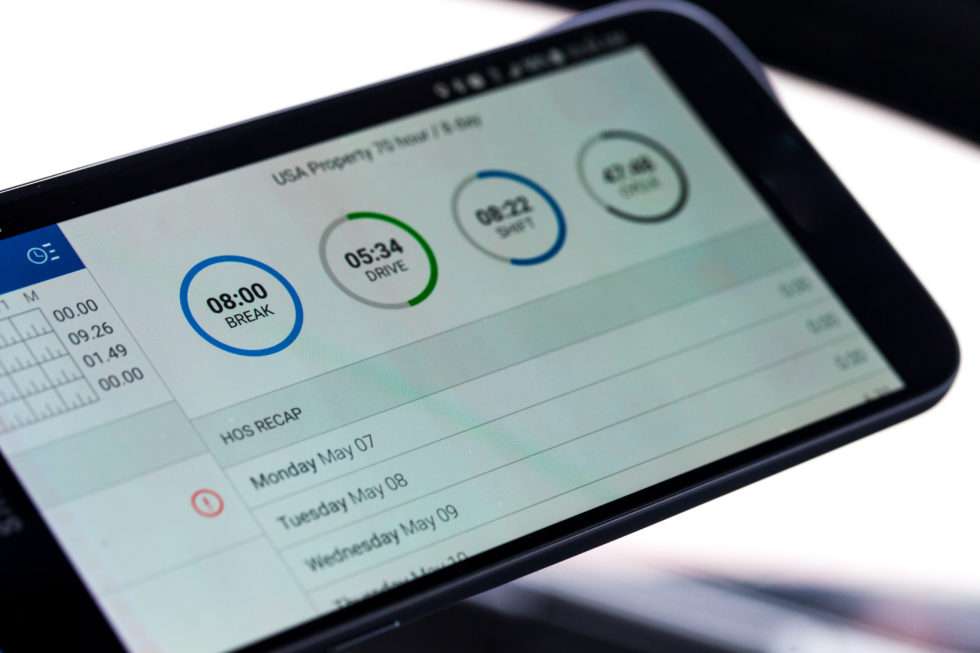
Permit Requirements
Vehicles hauling oversized equipment may not only need specific identifying signage but also permits to continue to their destination.
Some vehicles hauling oversized loads may be required to travel along specifically designed routes.
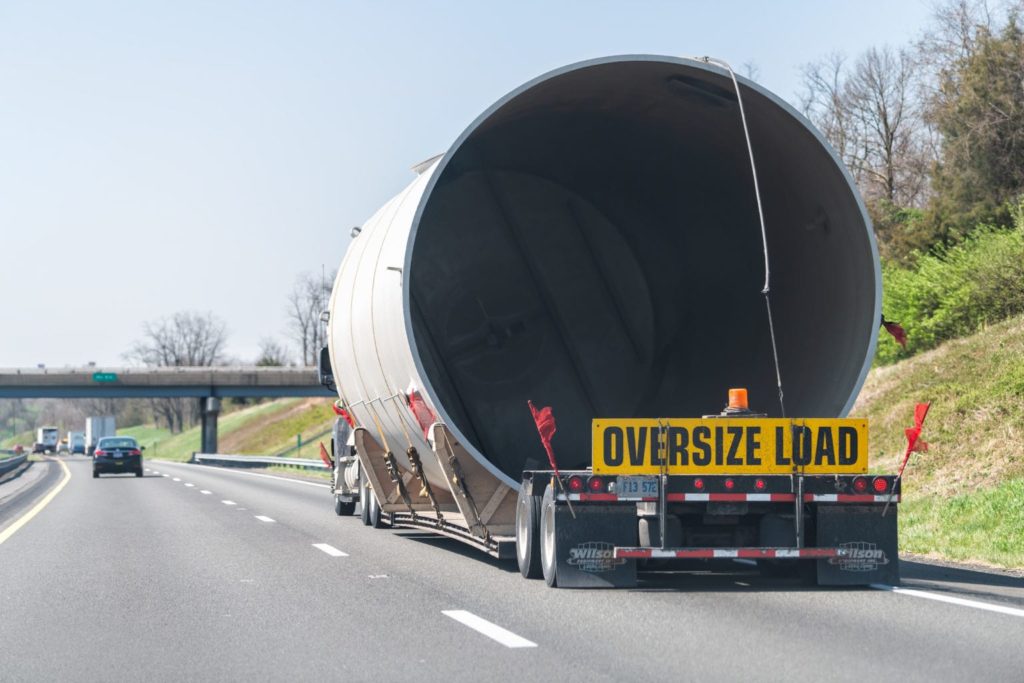
Weigh Station Guidelines
Trucks over a certain weight amount are legally required to stop at weigh stations. A weigh station is a checkpoint along a highway to inspect vehicular weights and safety compliance criteria.
Most commercial trucks are subject to inspection. Trucks under 10,000 lbs likely won’t need to stop at a weigh station.
Drivers can bypass a weigh station if appropriate signage states it is okay to continue. If not, and the driver continues, a roadside camera may take a picture of the vehicle, and highway officials could mail you a fine of up to $300.
It would seem like every kind of truck is covered by the weight limit classes, but some vehicles defy easy classification. In these instances, the maximum is set on a case-by-case basis determined by the Federal Bridge Gross Weight Formula. This formula allows longer, heavier loads to safely travel the interstate highway system. However, many states allow exceptions to the GVWR and per axle limits set by the Federal Bridge Gross Weight Formula. “Oversized loads” such as these have to get special permits and are required to travel designated routes.
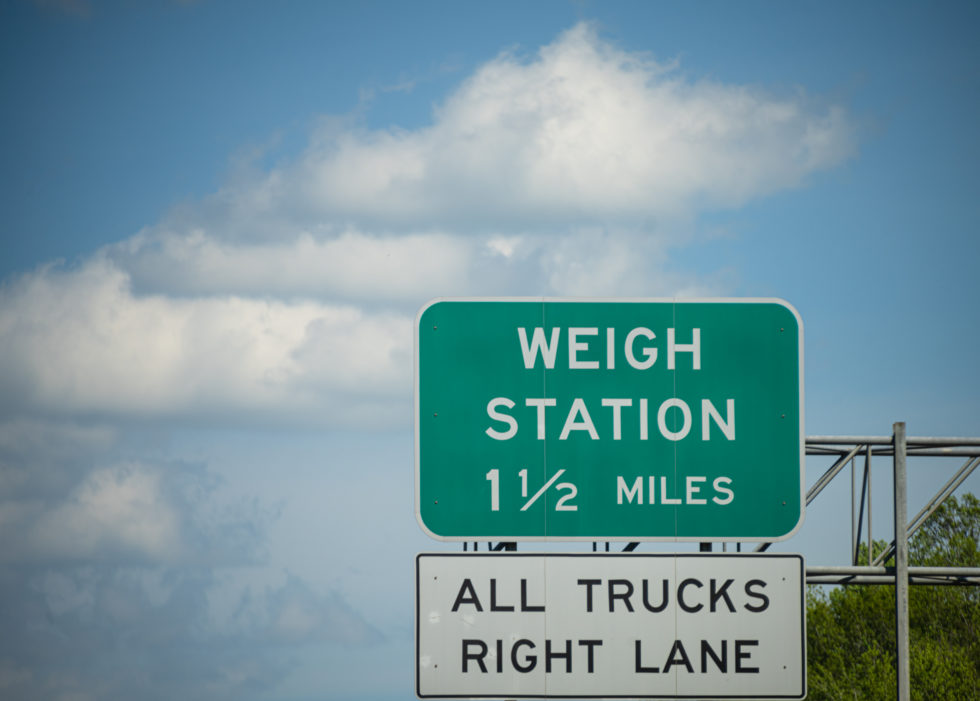
Truck Classification Guide
| Class | Category | Weight |
| Class 1 | Light Duty | (0 – 6,000 lbs/0 – 2,722 kg) |
| Class 2a | Light Duty | (6,001 – 8,500 lbs/2,722 – 3,856 kg) |
| Class 2b | Light Duty | (8,501 – 10,000 lbs/3,856 – 4,536 kg) |
| Class 3 | Medium Duty | (10,001 – 14,000 lbs/4,536 – 6,350 kg) |
| Class 4 | Medium Duty | (14,001 – 16,000 lbs/6,351 – 7,257 kg) |
| Class 5 | Medium Duty | (16,001 – 19,500 lbs/7,258 – 8,845 kg) |
| Class 6 | Medium Duty | (19,501 – 26,000 lbs/8,846 – 11,793 kg) |
| Class 7 | Heavy Duty | (26,001 – 33,000 lbs/11,794 – 14,969 kg) |
| Class 8 | Heavy Duty | (33,001+ lbs/14,969+ kg) |
Let’s get more in-depth about the different types of light duty, medium duty, and heavy-duty trucks you can expect to see on the road.
Truck Classifications
Class 1:
Class 1 trucks are the smallest and the lightest trucks that weigh up to 6,000 lbs. Some minivans, cargo vans, SUVs, and pickup trucks fall under this category. Class 1 vehicles are considered light duty.
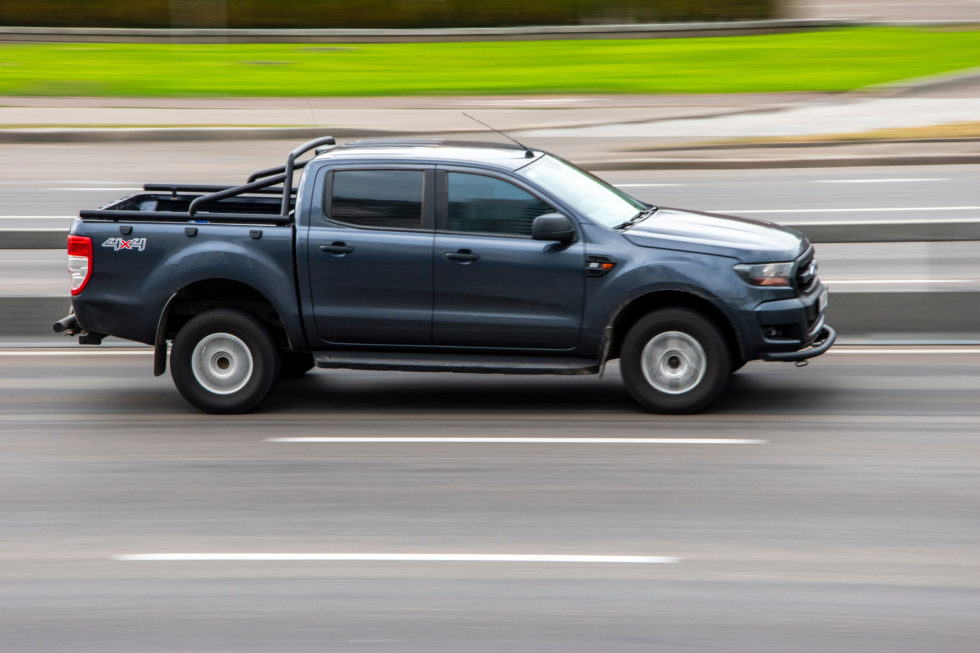
Class 2:
Class 2 trucks are light-duty trucks that can usually haul up to 3,000 lbs. Class 2 has been split into two categories, Class 2A and Class 2B. Class 2A has a GVWR of 6,001 lbs to 8,500 lbs. Class 2B has a GVWR of 8,510 lbs to 10,000 lbs. Vehicles in Class 2 typically include minivans, cargo vans, full-sized pickup trucks, and step-vans.
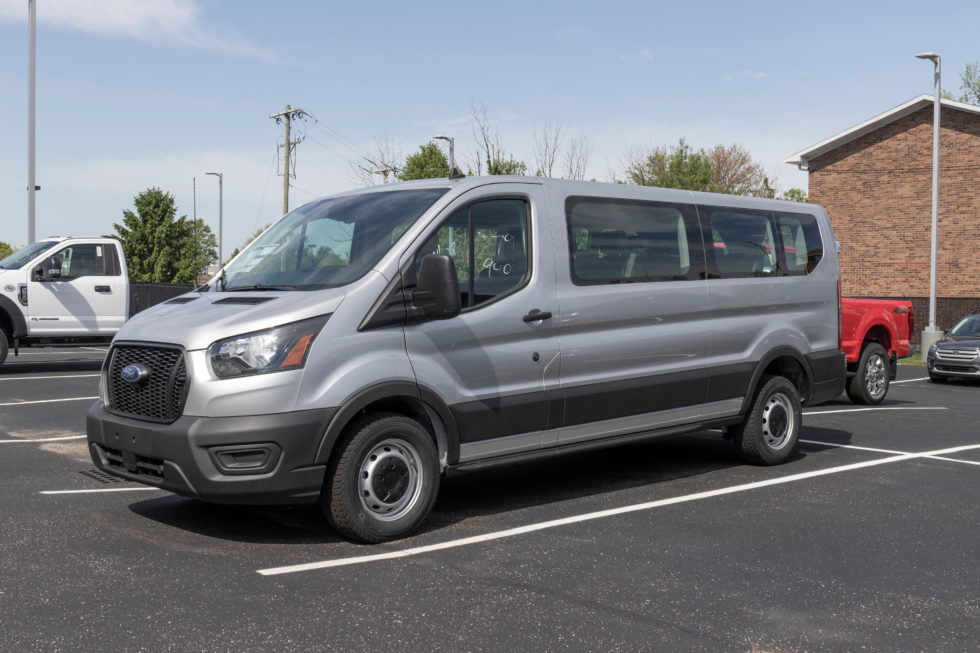
Class 3:
Class 3 trucks are typically considered medium-duty trucks and weigh 10,001 lbs – 14,000 lbs. In this category, you can expect particular walk-in trucks, box trucks, city delivery trucks, or heavy-duty pickup trucks. Trucks weighing 10,001 lbs or more are required to display a USDOT number on both sides of the vehicle.

Class 4:
Class 4 trucks are considered medium duty and weigh 14,001 lbs – 16,000 lbs. Large walk-in, box, and city delivery trucks fit in this category. These can include full-sized non-commercial trucks; however, many medium-duty trucks are designed for commercial purposes.

Class 5:
Class 5 trucks are medium-duty trucks that weigh 16,001 lbs – 19,500 lbs. Bucket trucks, large walk-in trucks, and large city delivery trucks fit into this category. Class 5 is where you will begin seeing many more commercial trucks.
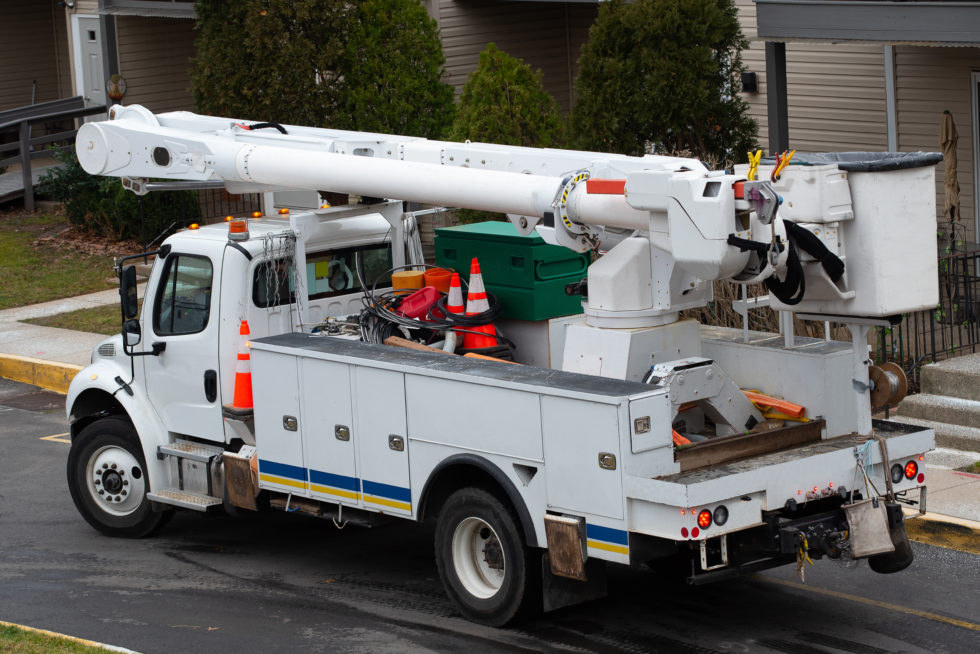
Class 6:
Class 6 trucks are the heaviest in the medium-duty category. These trucks weigh 19,501 lbs – 26,000 lbs. Beverage trucks, single-axle trucks, school buses, and rack trucks fit in this category. These trucks are similar to class 5 trucks. However, they can haul heavier loads.
Usually, Class 6 trucks and up are where you may need a Commercial Drivers License (CDL). Any vehicle weighing more than 26,000 lbs requires a CDL. If your class 6 truck is under 26,000 lbs, but the combined weight with the haul you are towing is over 26,000 lbs, you will still need to get a CDL.
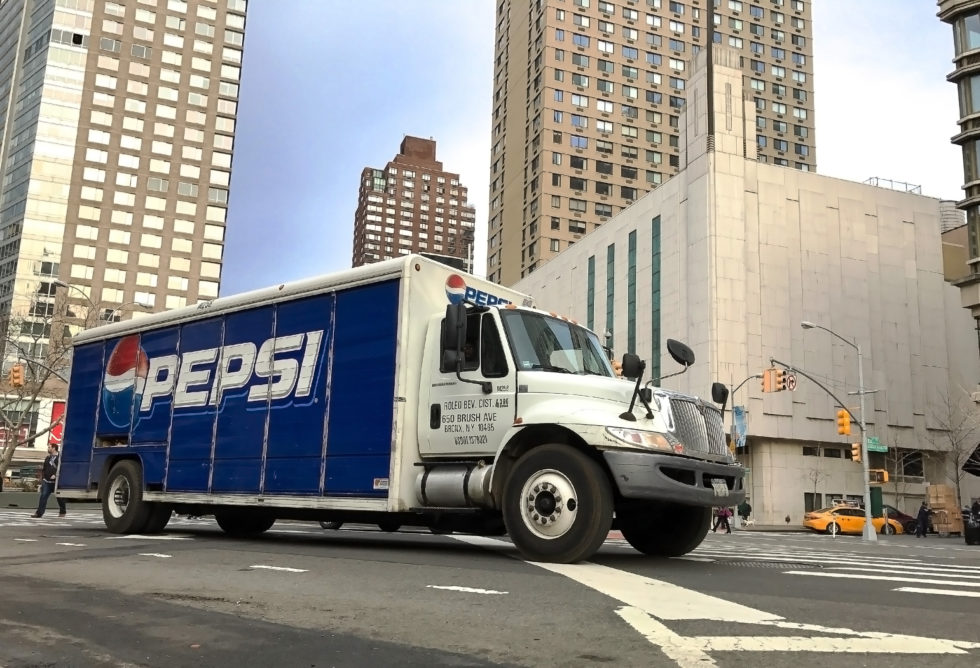
Class 7:
Class 7 trucks are heavy-duty trucks that weigh 26,001 lbs – 33,000 lbs. these trucks usually have three axels or more. To drive a class 7 truck, drivers will need a Class-B commercial driver’s license. This category includes refuse trucks, large furniture trucks, city transit busses, truck tractors, and even garbage trucks and street sweepers.

Class 8:
Class 8 is the heaviest of all trucks. These heavy-duty trucks weigh 33,001 lbs and over. Cement trucks, truck tractors, dump trucks, and big rig sleeper cabs are examples of class 8 trucks.
Drivers are required to get a Class-A or Class-B CDL. Class-A is for vehicles such as tractor-trailers, where the combination of the attachment adds to the weight. Class B is for vehicles without a trailer attachment or combination added onto the weight.
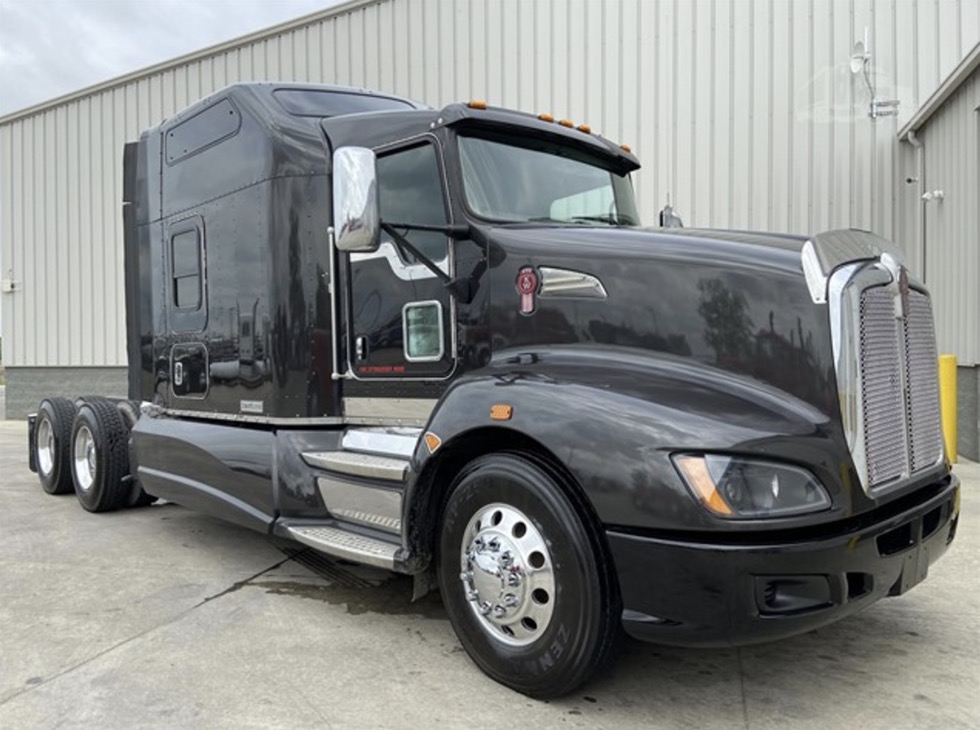
Summary
We love hearing our customer’s stories and thoughts about our information on various truck classes, so make sure to leave a comment!
Diesel Laptops do offer a vast range of diagnostic tools, repair information, parts information, and training classes to help you quickly and efficiently diagnose and repair commercial trucks from a wide variety of makes, including Freightliner, Isuzu, Peterbilt, Kenworth, Mack, Ford, and many others. Let us see how we can help you save both time and money!
Learn more about our repair information database and get access to all the repair information you need to perform quality repairs on commercial trucks and heavy-duty equipment! Schedule a demo today and get access to a FREE 30-Day Trial of our Diesel Repair Pro Plan!

